The Bathurst Observatory Research Facility has recently moved location. We are in the process of building the Meteorite Museum shed. The Meteorite Museum will provide a space to display our meteorite, public education and video conferences into schools.
Bathurst Observatory Research Facility, Australia, has one of the only public displays of meteorites in NSW west of Sydney in our Meteorite Museum. We have over 200 specimens to be displayed, ranging from witnessed falls to historical pieces. You will be able to come and see our display of space models, minerals, fossils and meteorites.
Approval for the stage 1 components of the project have been obtained from Bathurst Regional Council.
The funding goal is to reach $45,000 which will cover the cost of concrete slab, the cost of the shed and construction.
CLICK HERE TO SUPPORT OUR PROJECT
Plan of the Meteorite Museum shed.
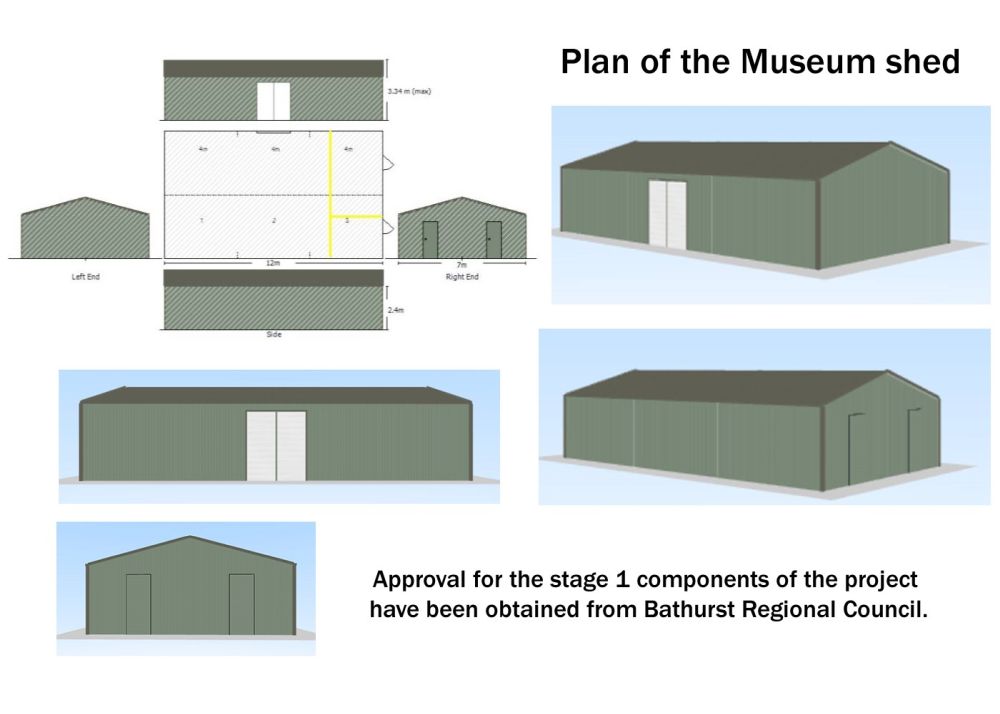
Museum site pegged and ready to go.
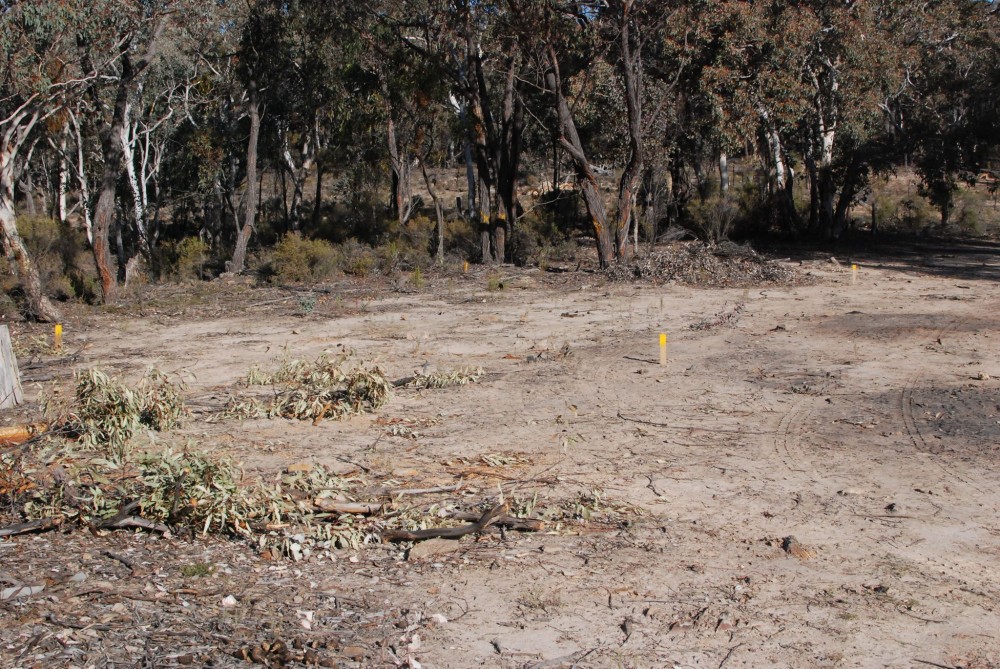
The meteorite museum aligns with the observatory’s work on asteroid, comet and other astronomical research as well as public education and outreach.
We also study meteorites as part of our research goals, and have published a number of papers about meteorites.
We can also offer some services to meteorite collectors and researches wishing to display their specimens.
Some meteorites from the Bathurst Observatory collection
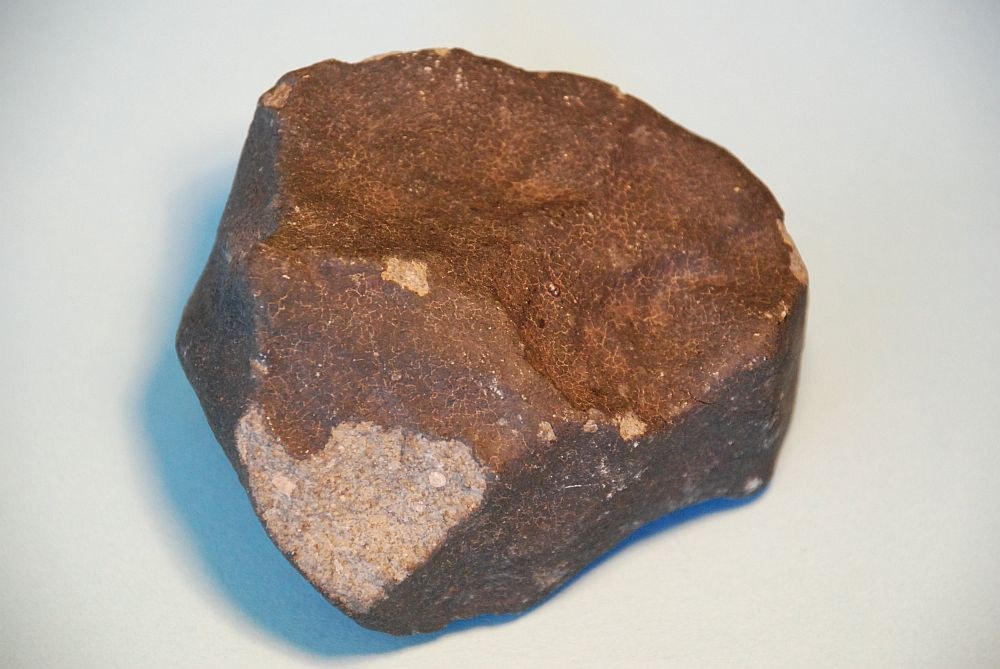
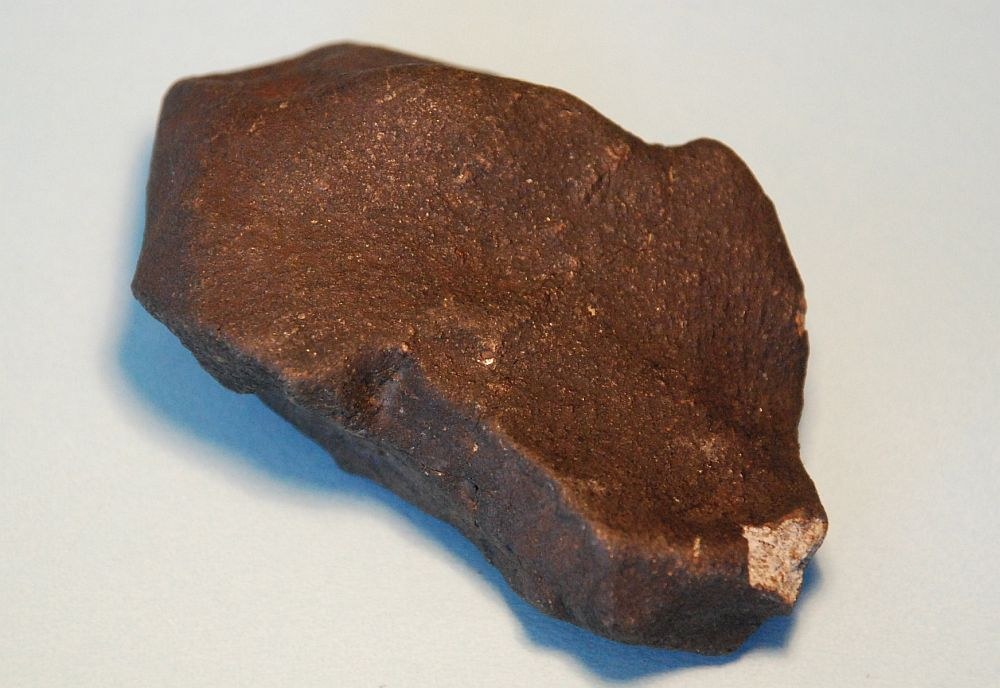
Some of our displays below.


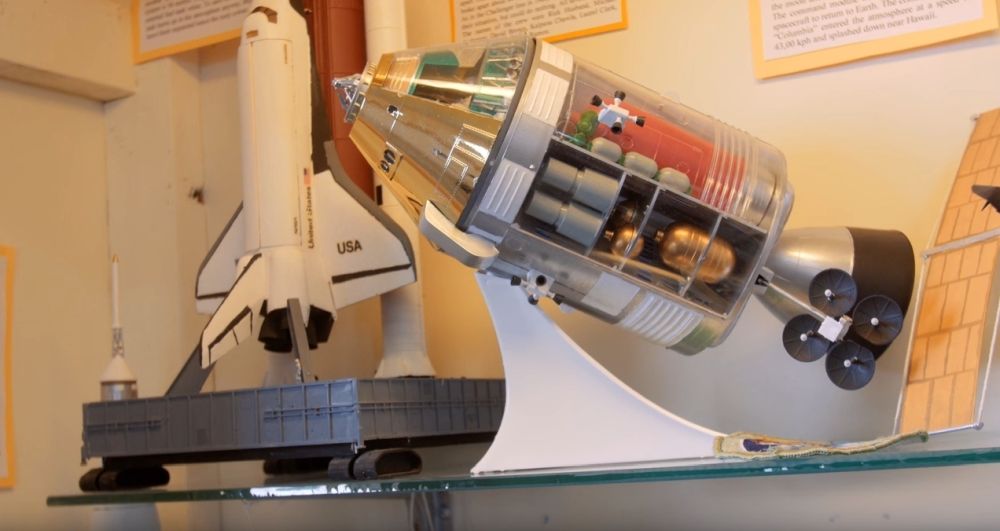
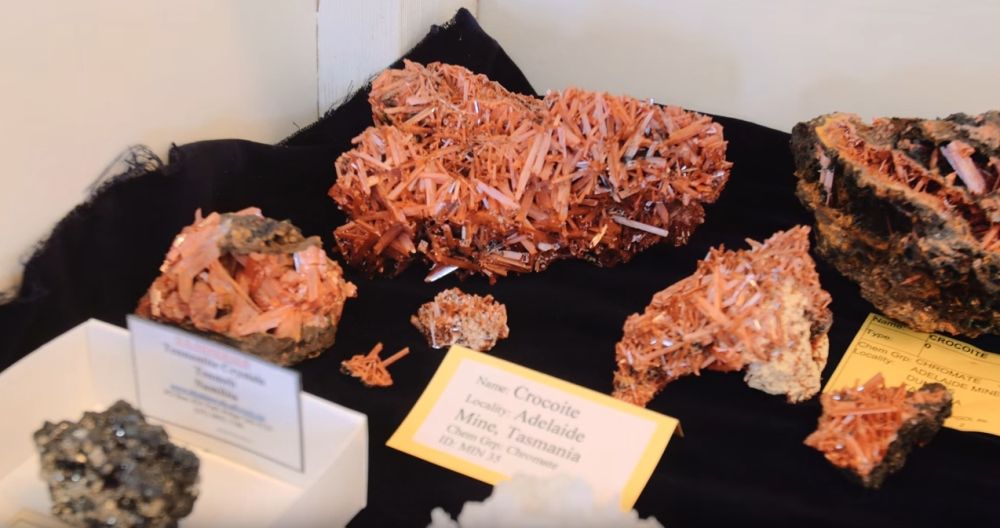

General space image from our observatory

ABOUT US
The Observatory is currently privately owned and had operated at its old site on Limekilns Road, Bathurst since July 2000. In 2018, it was decided that the observatory should relocate to a much better site due to housing and other development at our previous site. Light pollution from developments would have rendered the old site impractical for further astronomy. As such, the old site has been sold and we have purchased a new site, further from Bathurst (at Billywillinga), which has much better observing sites, not only for tourism, but for research and professional/amateur astronomers as well. We aim to provide multiple viewing experiences rather than one off options, to encourage multiple visitation.
The observatory is only one of its type in the region and will offer experiences and tour options no similar facility will offer. Its location and night activities will ensure overnight stays within the region or at our guest cottage.
TIME FRAME
The new observatory still in the construction and planning stage though will operate from late 2019, early 2020. A key goal is planning and ensuring the new site is developed to meet identified needs. This will ensure its adaptability now and into the future. However, current Bathurst Observatory telescopes are now being relocated to the new site, as well as the meteorite research collection and much more!
Some key aspects of the initial timeline;
* Relocation of the public outreach and imaging telescope with the observatory’s iconic dome.
* Set up of the public viewing telescopes and area.
* Construction of the meteorite research building (with displays)
* Availability of sites for setting up your own equipment
* Opening of the guest accommodation and planetarium in stage 2
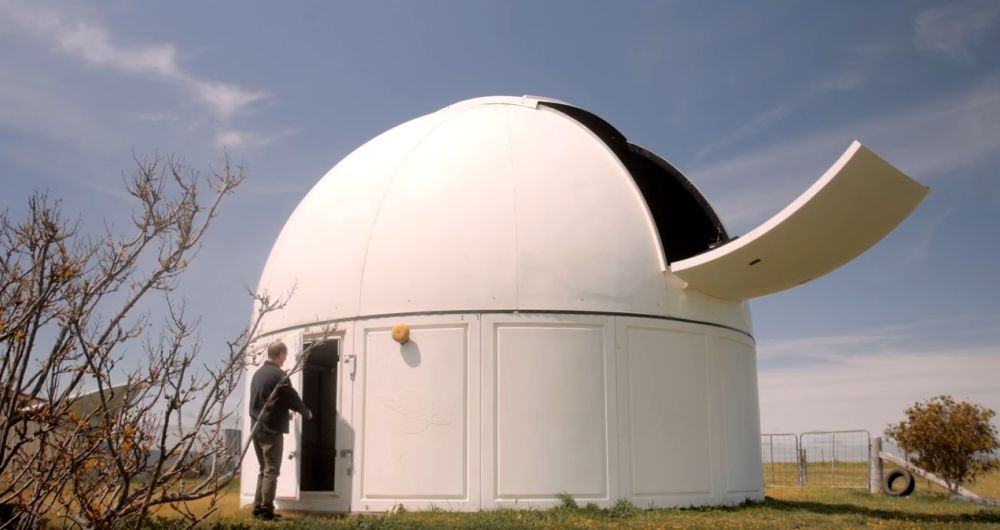
The Bathurst Observatory’s iconic dome, soon to relocate to the new site. It houses our research and imaging telescope
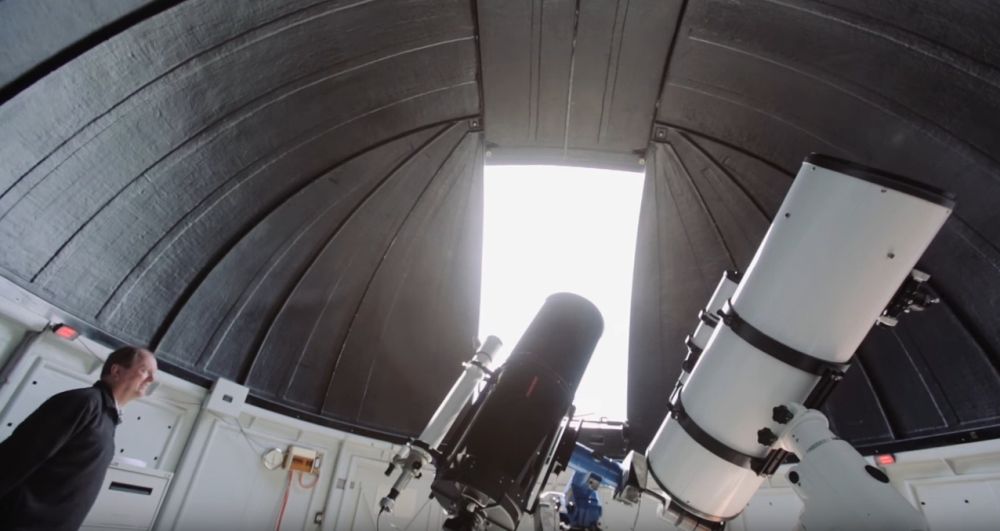
Future stage 2 items for inclusion will be approval additional cabins and telescope sites as demand increases.
Note the planetarium is a fully modern computerised system and has an advantage in that it is portable and can be taken to schools, community events, as well as serve at the observatory site. It does not require an additional building, though provides an all-weather option for tours.
FURTHER INFORMATION
For more information about Bathurst Observatory Research Facility please visit our website at: https://bathurstobservatory.com.au/
and our Facebook page at: https://www.facebook.com/BathurstObservatory/
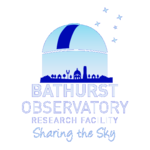
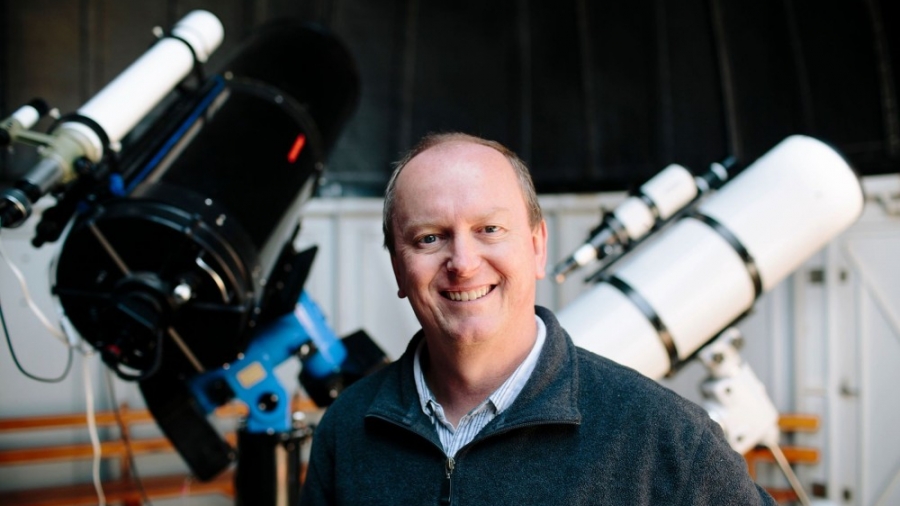
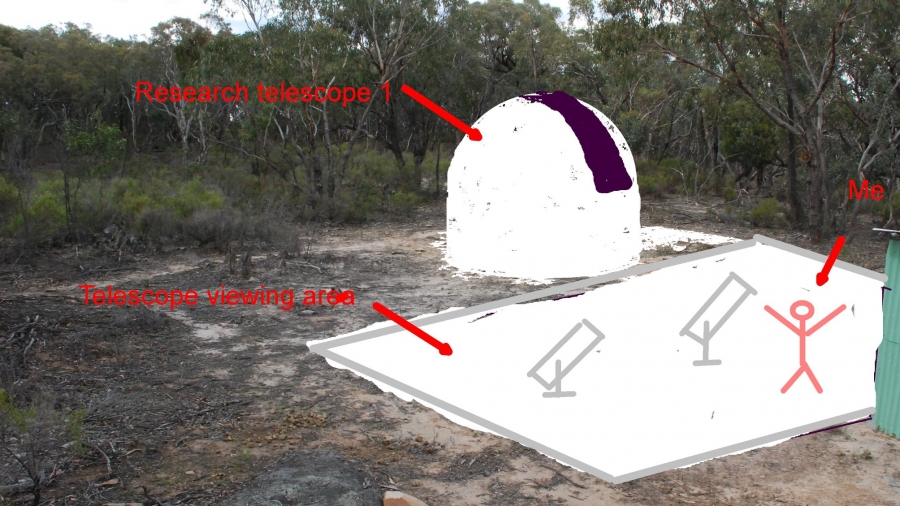

Galaxy NGC 5128, imaged on my last clear night almost a month ago! Unprecedented cloudy weather saw all school holiday tours cancelled. I am so sorry about that to all those who booked or on a waiting list for a vacancy. It certainly has been a tough time to be an astronomer.
Tours for August (hopefully better weather) will be posted shortly, as well as a date for the introduction to astrophotography course Zoom details. ... See MoreSee Less
Comment on Facebook
As I mentioned on my radio show, I am considering offering the introduction to astro imaging course initially online via Zoom starting in August. Not sure the costs, but still might be pay whatever you think is fair. Thoughts? ... See MoreSee Less
www.facebook.com
Send a message to learn moreComment on Facebook
Please let us know I am in Tassie and would be interested
I’m in Orange and interested
I'd be interested too..
Well it has been a shocking week of weather (no tours due to cloud!). A few weeks ago, I did had a clear night and was able to capture an image of galaxy M83. Love the spiral structure of this galaxy.
Fingers crossed for clear weather soon! ... See MoreSee Less
Comment on Facebook
🤞🏽tomorrow nights tours will go ahead ☺️
😶🌫️😶🌫️😶🌫️😶🌫️😶🌫️😶🌫️🙄
I had a LOT of telescope issues on the evening of the 27th June, trying to image comets Pons Brooks (left) and Comet C/2023 A3 (Tsuchinshan-ATLAS) (right). Note the very distant galaxies around comet Tsuchinshan!. It seems windows yet again reassigned my com ports and the telescope is very com port specific. A driver issue also affected the autoguider. So in the end, I rushed these images when things tried to talk to each other. Not the best, sorry!
I am also finalising the astrophotography classes. July might be a bit soon, but August is looking very good to start them off! ... See MoreSee Less
Comment on Facebook
Nice photos, I have a question, the angle of the comet to us here on earth, does it make the comet look to be moving faster to the background stars ? I took 32 photos over 8 minutes of the comet on the 25th and when I checked them on the computer, I could see the comet moving closer to a background star. The last time I photographed the comet was about a month ago and I didn't notice any movement. I know it is moving and on it's way out of the inner solar system.
Tee Pee
I have finally planned the July school holiday tour dates!
These are the only dates available due to a few other commitments I have.
Sunday the 7th July through to Friday the 12th.
and Monday the 15th July through to Wednesday the 17th.
Tour times are 7:30pm and bookings essential. They do tend to book up fast! All tours are weather dependent and still donation entry. Book via email or message. ... See MoreSee Less
Comment on Facebook
Anthony Robinson
Matt Piper
It is a bit busy behind the scenes at the observatory. The dome has been fixed (at least until I do a better job in a few weeks), we are planning the astrophotography classes (details to come) and if you have missed the images I was posting of the space station, well I have mounted the telescope that I use to take those onto a trolley so I don't have to risk my injured back to do them!
July dates to come, as it appears to be a busy month for me. ... See MoreSee Less
www.facebook.com
Send a message to learn moreComment on Facebook
Update: I ignored advice and went up the ladder and managed a temporary fix. The observatory is at least operational again!
In good news (kind of) while the observatory isn't functional until I get the repair done, that will not affect the proposed first astrophotography class!! I shall post the date for that very soon (July) and likely run two dates in case people need an option.
Not much progress on the observatory repair as yet. The dome isn’t closing properly and needs a few parts fabricated and fitted to the upper shutter (top of the image). I did get the parts today but it will take a couple of helpers to fix. Sadly I’m on my own this weekend. Basically, if you look at the image, you will notice the upper dome has sagged a bit in the middle, causing it to hit the lower one. The fix will be a threaded rod inside to tighten it up and give it the shape back. My back injury is still a worry, so while I'm on my own, I'm not climbing the ladder! ... See MoreSee Less
Comment on Facebook
At least you know what is wrong with it and have the parts ready to go.
Yes, don't take any chances with your health. Be safe.
Take care.
Remember the chat about intro astrophotography classes? Well, the idea seems popular. I am thinking of series of courses from intro up to imaging through a scope. It would be done in a series of lessons over Saturdays over a few months. You attend as many or a few on your interest and experiences. I am thinking that lesson 1, "You and your DSLR", wide angle milky way imaging, might be the first in July. ... See MoreSee Less
www.facebook.com
Send a message to learn moreComment on Facebook
Would love to attend something like this but unfortunately my camera is not a DSLR but a mirrorless Nikon zfc
Definitely interested!
Wish it was online. Too far for me to go
I’d also be interested.
This is gold!!
Wayne Jeffree you should do this
View more comments
While out imaging comets last night, the observatory had a mechanical issue with the dome. I am hoping to fix it Saturday so it doesn’t cancel tours but admit I’m not overly hopeful I can fix it in time for this or even next weekend. Fingers crossed. If the weather forecast is correct, it may be raining anyway. ... See MoreSee Less
Comment on Facebook
I would say you will have time to fix it. 🌧🌧🌧🌧
Fingers and toes crossed for you.